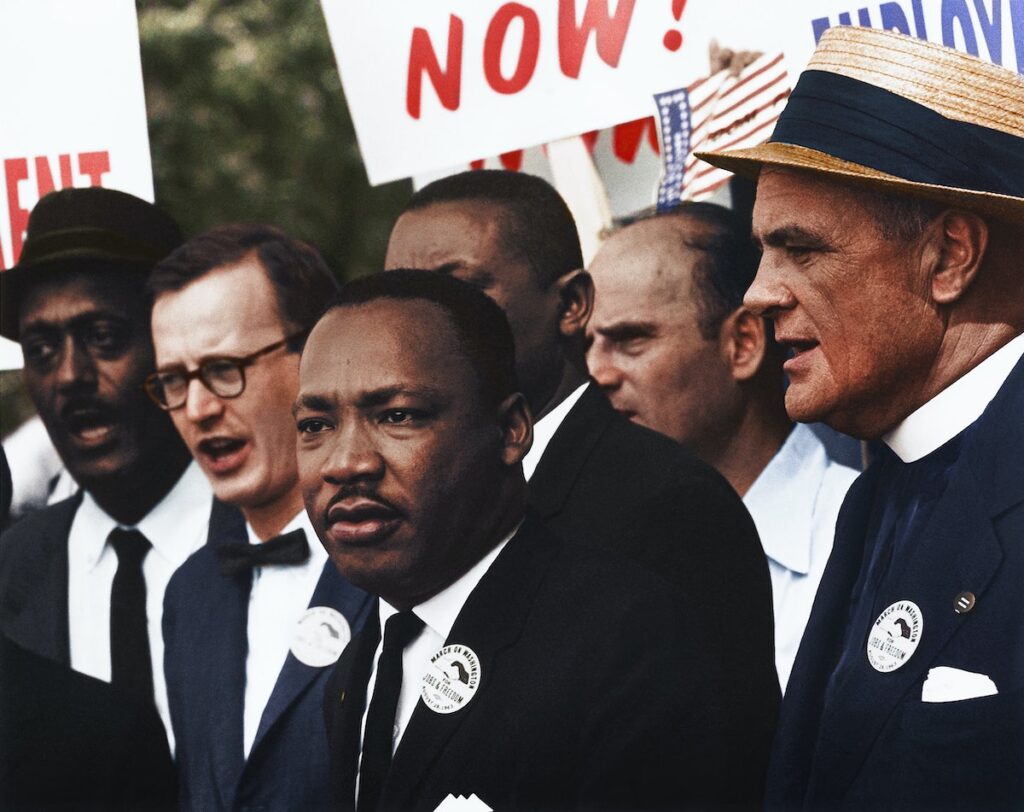Leadership is a critical aspect of any organisation and has a direct impact on its success. There are several models of leadership, each with its own strengths and weaknesses. In this article, we will explore the different leadership models and understand how they can be applied in different scenarios.
The trait theory of leadership is one of the earliest models and is based on the idea that leaders are born with certain qualities and characteristics that make them suitable for leadership. This model focuses on identifying the qualities that are common among successful leaders, such as intelligence, ambition, confidence, and social skills. This model is useful in identifying potential leaders, but it has been criticised for ignoring the role of situational factors in leadership.
The behavioural theory of leadership is based on the idea that leadership is a combination of specific behaviours and actions. This model focuses on the actions and behaviours that leaders exhibit, rather than their personal traits. This theory suggests that leaders can be trained to exhibit the behaviours that are associated with effective leadership, such as delegation, communication, and motivation. This model is useful for developing leaders, but it has been criticised for ignoring the role of individual differences in leadership.
The situational theory of leadership is based on the idea that leadership is dependent on the situation. This model suggests that the best leadership style depends on the situation and the needs of the followers. This theory proposes that leaders should be flexible and adapt their style to suit the needs of their followers. This model is useful for leaders in complex and dynamic environments, but it has been criticised for being too vague and difficult to apply in practice.
The contingency theory of leadership is based on the idea that the best leadership style depends on the situation and the followers. This model proposes that leaders should use different styles depending on the situation and the needs of their followers. This theory suggests that leaders should be flexible and adapt their style to suit the needs of their followers. This model is useful for leaders in complex and dynamic environments, but it has been criticised for being too vague and difficult to apply in practice.

The transformational theory of leadership is based on the idea that leaders can inspire and motivate their followers to achieve their full potential. This model focuses on the relationship between the leader and the followers, and suggests that leaders can create a vision and a sense of purpose that inspires their followers to achieve their goals. This model is useful for leaders who want to create a sense of purpose and direction for their followers, but it has been criticised for ignoring the role of power and control in leadership.
Trait leadership models
The trait theory of leadership is one of the earliest models of leadership and is based on the idea that leaders are born with certain qualities and characteristics that make them suitable for leadership. This model focuses on identifying the traits that are common among successful leaders, such as intelligence, ambition, confidence, and social skills. It suggests that these traits are innate and cannot be learned or developed.
The trait theory has been used to identify potential leaders by measuring their personality traits, abilities, and skills. This model has been used to predict the likelihood of success in leadership positions and to select leaders for various roles. However, this model has been criticized for ignoring the role of situational factors in leadership. It is important to note that the trait theory does not take into account the impact of the environment, the followers, or the situation on the leader’s effectiveness.
Despite its limitations, the trait theory of leadership remains popular and is widely used in leadership research and development. It has helped to identify the personality traits and characteristics that are commonly found in successful leaders and has provided a foundation for the development of other leadership models.
In conclusion, the trait theory of leadership provides a useful starting point for understanding the qualities and characteristics that are commonly found in successful leaders. However, it is important to consider other models that take into account the situational factors that impact leadership effectiveness.
Behavioural leadership models
The behavioural theory of leadership is based on the idea that leadership is a combination of specific behaviours and actions. This model focuses on the actions and behaviours that leaders exhibit, rather than their personal traits. It suggests that leaders can be trained to exhibit the behaviours that are associated with effective leadership, such as delegation, communication, and motivation.
The behavioural theory of leadership has been used to develop training programs and courses that teach leaders how to exhibit the behaviours that are associated with effective leadership. This model has been used to identify the key behaviours that are necessary for successful leadership and to provide leaders with tools and techniques to improve their performance.

One of the key strengths of the behavioural theory of leadership is its focus on action and behaviour. This model provides leaders with a clear set of guidelines and expectations for their behaviour and encourages them to focus on the actions and behaviours that are necessary for effective leadership.
However, the behavioural theory of leadership has also been criticised for ignoring the role of individual differences in leadership. It assumes that all leaders can exhibit the same behaviours and that these behaviours are sufficient for success in all situations. This model does not take into account the impact of personality, values, and beliefs on leadership effectiveness.
In conclusion, the behavioural theory of leadership provides a useful framework for understanding the behaviours and actions that are associated with effective leadership. This model is useful for developing leaders and improving their performance, but it is important to consider other models that take into account the role of individual differences in leadership.
Situational leadership
The situational theory of leadership is based on the idea that leadership is dependent on the situation. This model suggests that the best leadership style depends on the situation and the needs of the followers. It proposes that leaders should be flexible and adapt their style to suit the needs of their followers.
The situational theory of leadership was developed by Paul Hersey and Ken Blanchard and is commonly known as the Hersey-Blanchard model. This model proposes that there are four leadership styles: directing, coaching, supporting, and delegating, and that the best leadership style depends on the situation and the needs of the followers. The directing style is used when followers are new or inexperienced, the coaching style is used when followers have some experience but need guidance, the supporting style is used when followers are competent but need support, and the delegating style is used when followers are highly skilled and need to be given autonomy.

The situational theory of leadership is useful for leaders in complex and dynamic environments, as it allows them to adapt their leadership style to suit the needs of their followers. This model also recognizes that the needs and abilities of followers can change over time, and that leaders should be flexible and adjust their style accordingly.
However, the situational theory of leadership has also been criticised for being too vague and difficult to apply in practice. It can be difficult for leaders to determine the best leadership style for a given situation and to adjust their style effectively. Additionally, the model does not take into account the impact of personality, values, and beliefs on leadership effectiveness.
In conclusion, the situational theory of leadership provides a useful framework for understanding the impact of the situation on leadership effectiveness. This model is useful for leaders in complex and dynamic environments, but it is important to consider other models that take into account the role of individual differences in leadership.
Contingency theory of leadership
The contingency theory of leadership is based on the idea that the best leadership style depends on the situation and the followers. This model proposes that leaders should use different styles depending on the situation and the needs of their followers. The theory suggests that leaders should be flexible and adapt their style to suit the needs of their followers.
The contingency theory of leadership was developed by Fred Fiedler and is based on the idea that the effectiveness of a leader depends on the fit between the leader’s style and the situation. This model suggests that there are different types of situations, such as task-oriented and relationship-oriented, and that leaders should use different styles to match the situation. For example, a task-oriented leader might be more effective in a situation where the goal is to complete a project, while a relationship-oriented leader might be more effective in a situation where the goal is to build relationships and improve teamwork.
The contingency theory of leadership is useful for leaders in complex and dynamic environments, as it allows them to adapt their leadership style to suit the needs of their followers. This model also recognizes that the needs and abilities of followers can change over time, and that leaders should be flexible and adjust their style accordingly.
However, the contingency theory of leadership has also been criticised for being too vague and difficult to apply in practice. It can be difficult for leaders to determine the best leadership style for a given situation and to adjust their style effectively. Additionally, the model does not take into account the impact of personality, values, and beliefs on leadership effectiveness.
In conclusion, the contingency theory of leadership provides a useful framework for understanding the impact of the situation on leadership effectiveness. This model is useful for leaders in complex and dynamic environments, but it is important to consider other models that take into account the role of individual differences in leadership.
Transformational leadership
The transformational theory of leadership is based on the idea that leaders can inspire and motivate their followers to achieve their full potential. This model focuses on the relationship between the leader and the followers, and suggests that leaders can create a vision and a sense of purpose that inspires their followers to achieve their goals.
The transformational theory of leadership was developed by James MacGregor Burns and is based on the idea that leaders can motivate and inspire their followers to achieve their full potential. This model suggests that leaders can create a vision and a sense of purpose that inspires their followers to achieve their goals. Transformational leaders are seen as charismatic and visionary, and they are able to create a sense of excitement and motivation in their followers.

The transformational theory of leadership is useful for leaders who want to create a sense of purpose and direction for their followers. This model is also useful for leaders who want to create a culture of innovation and creativity, as it emphasises the importance of vision and inspiration in leadership.
However, the transformational theory of leadership has also been criticised for ignoring the role of power and control in leadership. It assumes that leaders can motivate and inspire their followers without using their power and authority, which may not be realistic in all situations. Additionally, the model does not take into account the impact of individual differences and personality on leadership effectiveness.
In conclusion, the transformational theory of leadership provides a useful framework for understanding the impact of vision and inspiration on leadership effectiveness. This model is useful for leaders who want to create a sense of purpose and direction for their followers, but it is important to consider other models that take into account the role of power and control in leadership.
In conclusion, there are several models of leadership, each with its own strengths and weaknesses. Leaders should understand the different models and choose the one that best suits their situation and the needs of their followers. The key to effective leadership is to be flexible and adaptable, and to understand the needs and motivations of your followers.


